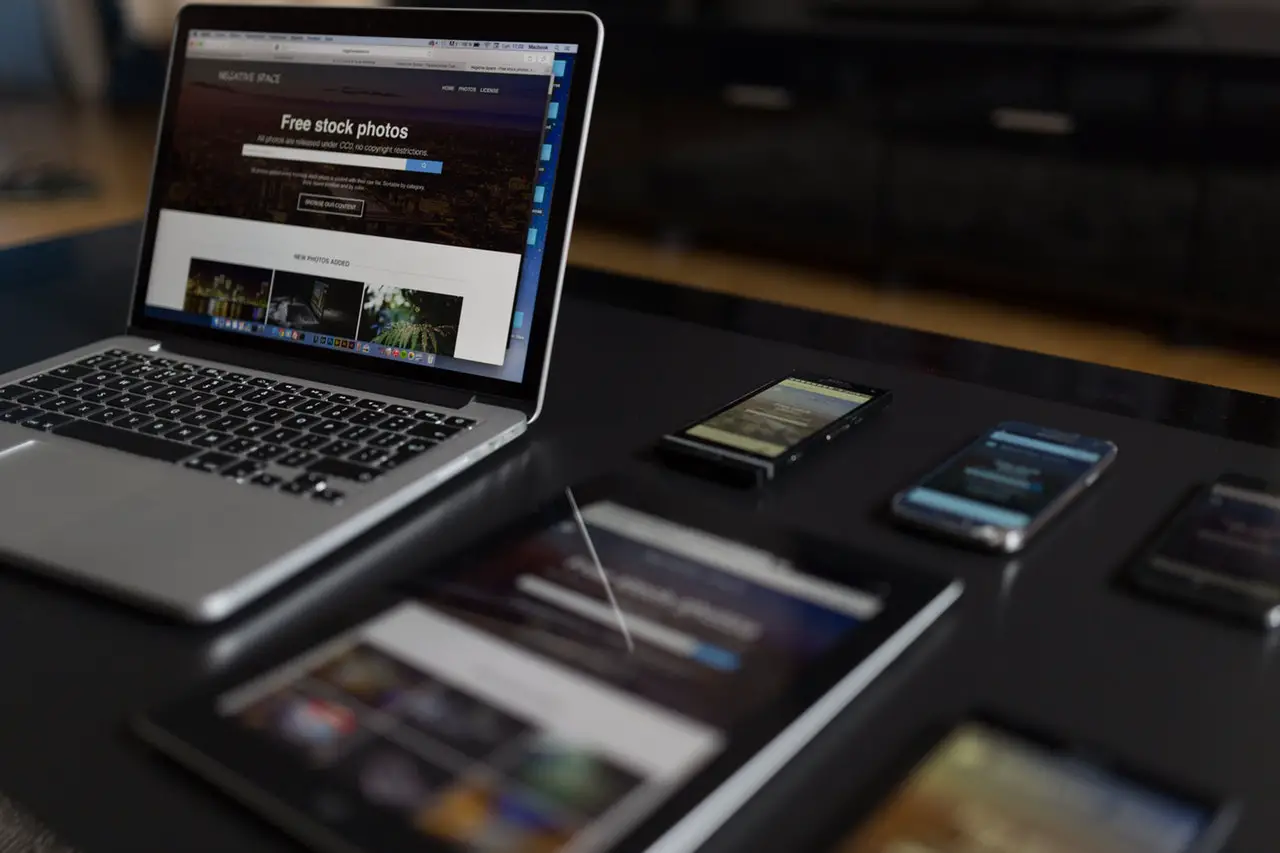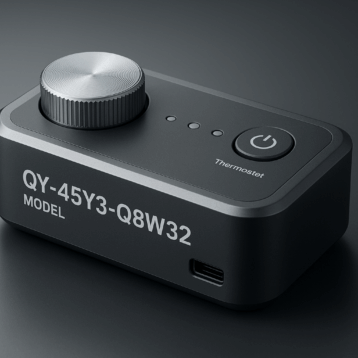
Abstract – Smart lighting is a lighting system that is connected to a network and can be monitored and controlled from any centralized system or via a cloud.
The use of smart lighting has been on the rise in the past few years. It has potential to be an enabling infrastructure for the IoT technology. IT organizations must select a smart lighting solution that would develop with the expansion of their workspace.
According to Gartner, the smart lighting base project would grow up to 2.54 billion units by 2020. Smart lighting in offices and industries can reduce energy costs by 90%. However, to achieve this reduction in costs, safety and security service providers need to implement five strategic phases. They are:
- LED lighting – By connecting lighting system to IoT, it becomes possible to control lighting through user’s devices.
- Sensors and Controls – Sensors that can sense the surrounding environment and know when to turn off or on the lights are useful in reducing energy costs. Enterprises are know developing smart lighting systems for various automobiles. With the help of GPS sensing, natural lighting circumstances become easy, and sensors adapt the lighting. Thus, increasing efficiency and safety.
- Connectivity – After the completion of the above phases, connecting sensors to a platform is necessary. By connecting sensors, the data that they obtain can be stored and used when required.
- Analytics – Analyzation of the energy consumption of lighting enables enterprises to optimize the lighting usage. Based on the data collected by sensors, measures can be taken to maximize cost-reduction and loss of energy.
- Intelligence – The smart lighting can also be enhanced by artificial intelligence. Not only the device would analyze the outcome, but also identify the defects in lighting usage. With the help of this analysis, prediction of future consumption and defects in lighting usage is possible.
Benefits of IoT in smart lighting
IoT technology in lighting is a broad prospect that extends beyond just dimming lights. A lighting control system is a part of IoT environment which enables the monitoring of all LED luminaires together. To accomplish this, access to control the lighting is either made automatic or at the discretion of the user. Some of the benefits of IoT technology in LED lighting are:
- Faster deployment
With the help of advanced IoT technology in LED, providing better lighting at various locations becomes manageable. The flexible installations help in comfortable working that requires minimal training. With the cloud access and plug and play module, control over lighting becomes simple.
- Reduction in Maintenance cost
IoT enables enterprises to check the operational status of the lights and helps them in eradicating problems. With the help of various software, asset management has become more comfortable. It requires no extra effort in checking every flaw that disrupts the working of lights. It also helps in predicting power outages and any replacement required improving the field efficiency.
- Enhancement of public safety
LEDs have become an obvious choice for many industries due to its energy efficiency, reliability and high performance. Control and flexibility make LED an ideal choice for meeting the requirements of CCTV installations. Once these LED’s get connected to the IoT, monitoring their working and status from anyplace at any time becomes easy.
- Conservation of energy
Easy monitoring of usage and operations of LED lighting can be done through IoT technology. According to census, streetlights account for 40% of energy consumption of the entire city’s energy use. With the developed IoT technology, uneven distribution of lighting can be kept in check. Passive infrared sensors can detect presence and absence which can help in reducing energy consumption by automatically turning off lights that are not under use.
LEDs are smart and effectively manageable when integrated with IoT technology. With IoT, it is easier to keep track of data, like the number of operation lights and power consumption of each light fixture. A facility manager can also operate luminaires and control an entire power grid remotely. Thus, with the help of IoT technology, the face of LED lighting is being revolutionalized.










